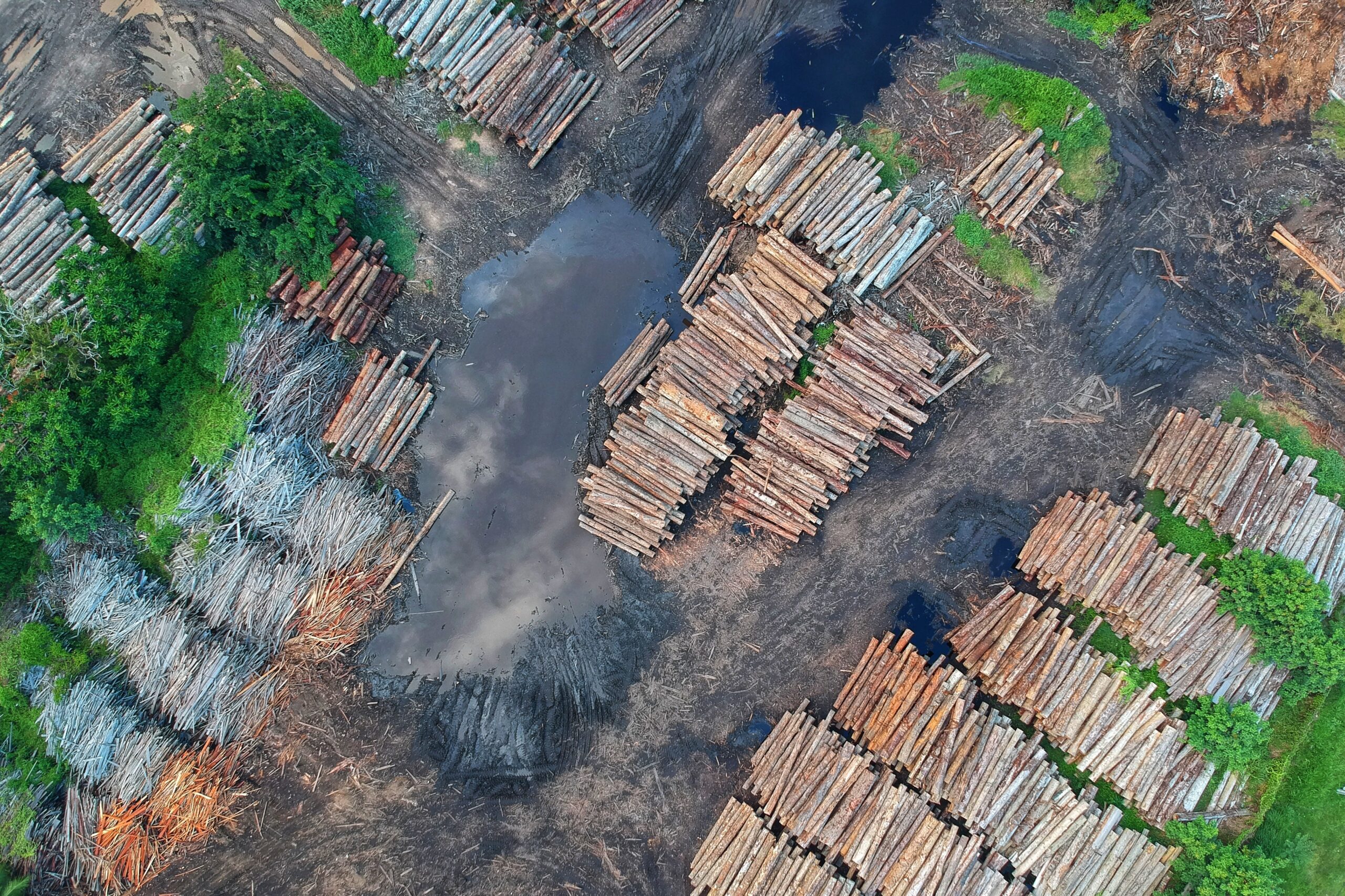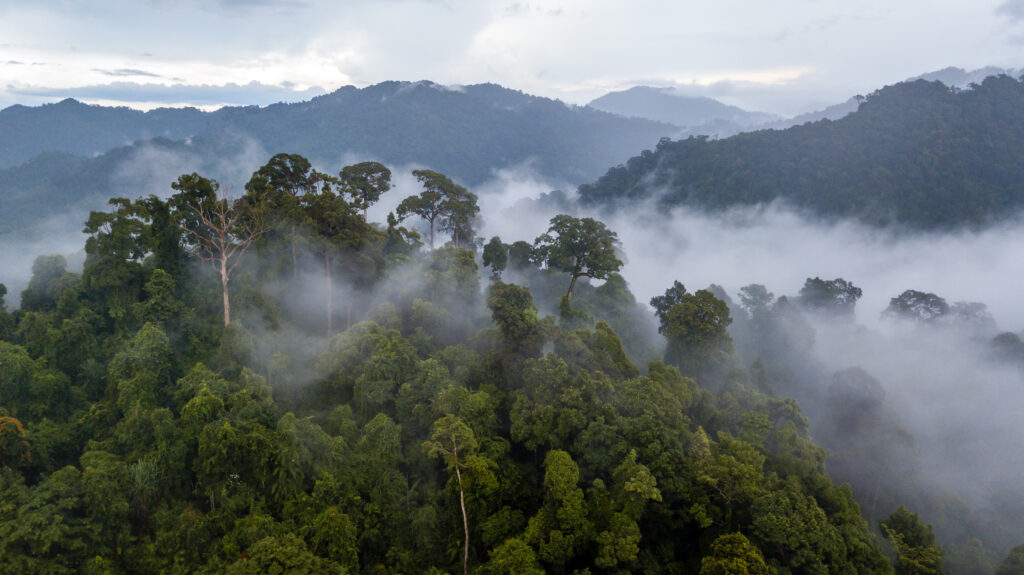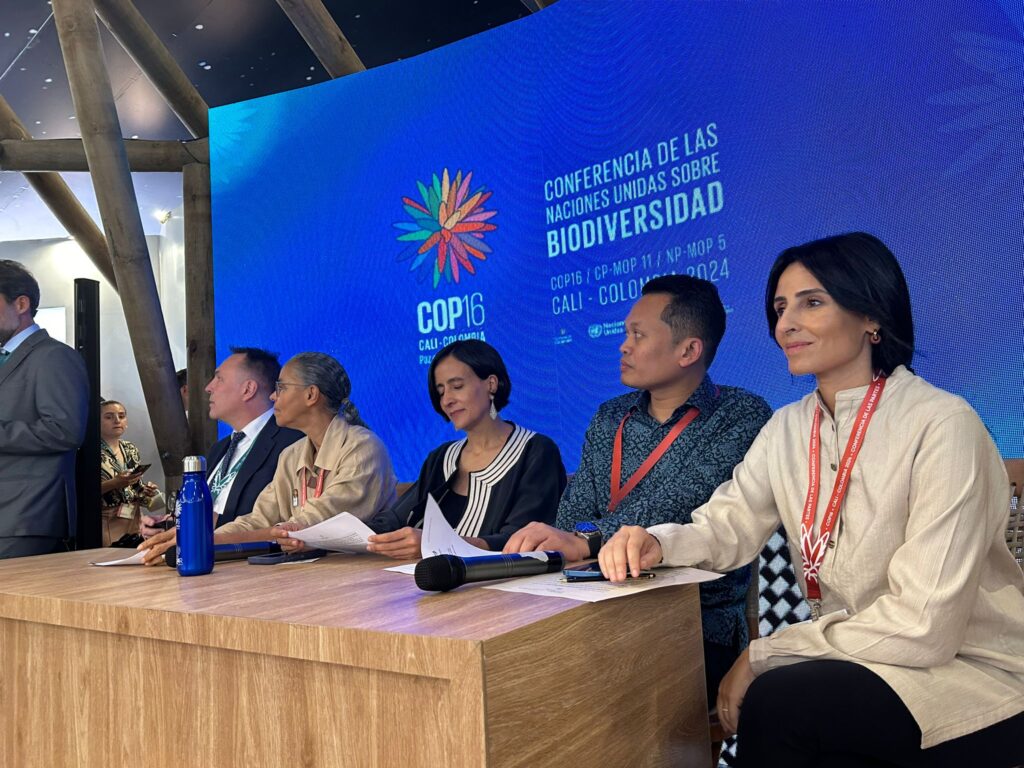Promoting sustainable forestry for a healthier planet
Wood is an incredible natural material, integral to many of the products we use daily. As a renewable resource, it plays a vital role in combating climate change. However, forests worldwide are under increasing pressure from overconsumption, illegal logging, and a lack of biodiversity conservation.
Forests are often exploited for timber due to its high value. This demand, combined with a growing global population, leads to overharvesting – extracting more wood than forests can sustainably regenerate.
While many trees today are grown in plantations, where new trees are planted after harvesting, these areas often have low biodiversity. Still, plantations and smaller agroforestry systems can help reduce the strain on wild, primary forests. Agroforestry systems, in particular, can serve as important buffer zones, protecting untouched forest areas. That’s why we actively promote agroforestry initiatives in countries like Uganda and Ethiopia.
Forests of the World also champions FSC certification, a forestry standard that ensures harvesting does not exceed a forest’s capacity to regenerate. We are deeply involved in the political processes that shape FSC certification, working to ensure it remains a robust and continuously improving tool for sustainable forestry.
Global consumption drives deforestation

The EU causes deforestation
The EU is the world’s second-largest importer of products linked to deforestation. Shockingly, up to 39% of human-made CO2 emissions from deforestation can be traced back to the EU’s international trade.
Agriculture and Mining
Deforestation often begins with trees being cut and sold as timber. Then, the land is burned and repurposed for agriculture or mining, stripping the forest of its natural resilience.

FSC – A trusted certification for sustainable timber
The FSC label (Forest Stewardship Council) guarantees that the timber you purchase comes from forests managed sustainably. In FSC-certified forests, only as many trees are felled as the forests can naturally regenerate. FSC also ensures that forestry practices protect biodiversity and that workers receive proper training, safety equipment, and fair wages. The goal is to harvest timber from rainforests without damaging the forest ecosystem. FSC certifies timber from forests that are responsibly managed for the long term.
The FSC logo is your reliable assurance that a product comes from an FSC-certified forest. From the moment a tree is felled to when it becomes a product in the store, it is tracked through the entire process. Every time the timber changes hands, the responsible party must undergo inspection by an independent certification body approved by FSC. These inspectors evaluate the forest and recommend improvements if it doesn’t meet FSC standards. FSC sets these standards, not the certification bodies. Certifications are valid for five years, after which a thorough re-inspection takes place. Additionally, all FSC-certified forests are subject to annual spot-checks.
Regarding governance, there is a clear distinction between those who set the guidelines, those who assess compliance, and those who own the forest, ensuring independence and impartiality in the certification system. This oversight of every step in the production process is known as Chain of Custody (CoC), and it is one of the key principles of FSC. FSC’s Chain of Custody certification is the most recognized and respected certification for timber globally.
Learn more about CoC on the FSC website
FSC is a step in the right direction
While FSC doesn’t solve all issues related to deforestation, but it’s a crucial step forward. Deforestation in tropical forests is a complex challenge that requires many different actions at once – and FSC certification is one important tool in addressing this. FSC is the only global certification system with broad support from environmental organizations such as WWF, Greenpeace, and Forests of the World. For consumers and buyers worldwide, FSC offers the easiest way to make a positive impact on the world’s forests.
So far, FSC is the only global environmental label for wood products that guarantees responsible production. Unfortunately, not all wood products are available with FSC certification, but more are being introduced every day. The more consumers demand FSC-certified products, the more options will become available on the market.
By asking for the FSC label the next time you purchase a wood product, you are supporting the forests.
FSC’s 10 principles
All decisions within the FSC organization are made at general meetings, where FSC has adopted 10 principles for responsible forest management.
These 10 principles serve as the foundation of FSC and apply to forest management worldwide. To make them applicable globally, each principle consists of a set of criteria that must be followed. This is necessary because forest management in a Brazilian rainforest cannot be directly compared to that of a Swedish coniferous forest. Therefore, the forest standard is adapted to the local conditions, and it is the criteria within the principles that allow for these adaptations. The indicators that are given the most weight vary from country to country.



